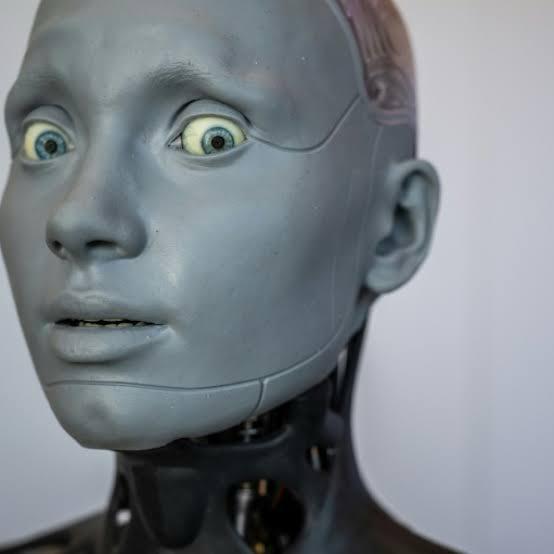In a development that seems straight out of the pages of a science fiction novel, a team of scientists has harnessed the power of artificial intelligence (AI) to extract audio from static images, breaking new ground in the world of technology. Led by Kevin Fu, a distinguished professor specializing in electrical and computer engineering and computer science at Northeastern University, this pioneering achievement has been made possible through the creation of a machine learning tool known as “Side Eye.”
The capabilities of Side Eye are nothing short of remarkable. When applied to a still image, this AI-driven tool can not only identify the gender of a speaker within the room where the photograph was taken but also transcribe the spoken words and pinpoint the location. What’s even more astonishing is that Side Eye’s applications extend to muted videos, adding a whole new dimension to its capabilities.
Imagine the possibilities outlined by Fu himself: envision someone recording a TikTok video, muting the audio, and overlaying music. Have you ever wondered what the person might be saying in reality? Was it merely playful banter or something more sinister? What if someone was speaking off-camera? With Side Eye, these mysteries can be unraveled.
The magic of Side Eye lies in its ability to tap into a fundamental feature found in nearly all smartphone cameras: image stabilization technology. Modern smartphone cameras are equipped with a lens suspension system that employs springs submerged in liquid. This innovative design ensures that photos remain clear and focused, even when the photographer’s hand is less than steady. Sensors and an electromagnet collaborate to counteract any movement by adjusting the lens in the opposite direction, effectively stabilizing the image.
What’s truly intriguing is that when an individual speaks in close proximity to the camera lens during a photo capture, it generates subtle vibrations in the springs. These minute vibrations subtly alter the path of light, a phenomenon harnessed by the Side Eye. It’s achieved through the rolling shutter technique, a prevalent method employed in photography by most cameras today.
Fu sheds light on this process, explaining that contemporary cameras don’t scan all pixels of an image simultaneously; rather, they do so one row at a time, occurring hundreds of thousands of times in a single photo. This method effectively amplifies the frequency information obtained, significantly enhancing the granularity of the audio extracted.
While Side Eye’s current iteration is in its infancy and demands a considerable amount of training data to reach its full potential, it does raise important questions about its ethical implications and security concerns. In the wrong hands, a more advanced version of this technology could pose a significant cybersecurity threat, potentially invading the privacy of individuals.
However, there exists a brighter side to this innovation. If an advanced version of Side Eye were to be harnessed as a digital tool for law enforcement agencies, it could play a pivotal role in crime investigations. By offering valuable digital evidence, it could aid in solving cases and ensuring justice is served.
The unveiling of Side Eye represents a watershed moment in the realm of AI and technology. It challenges conventional notions of what is possible and sparks discussions about the ethical boundaries of technological advancement. As Side Eye continues to evolve, society must grapple with the dual potential it holds—both as a tool for good and a potential threat. The journey into the future of AI and its profound impact on our lives has just taken a remarkable turn, and the world watches with bated breath to see what comes next.














